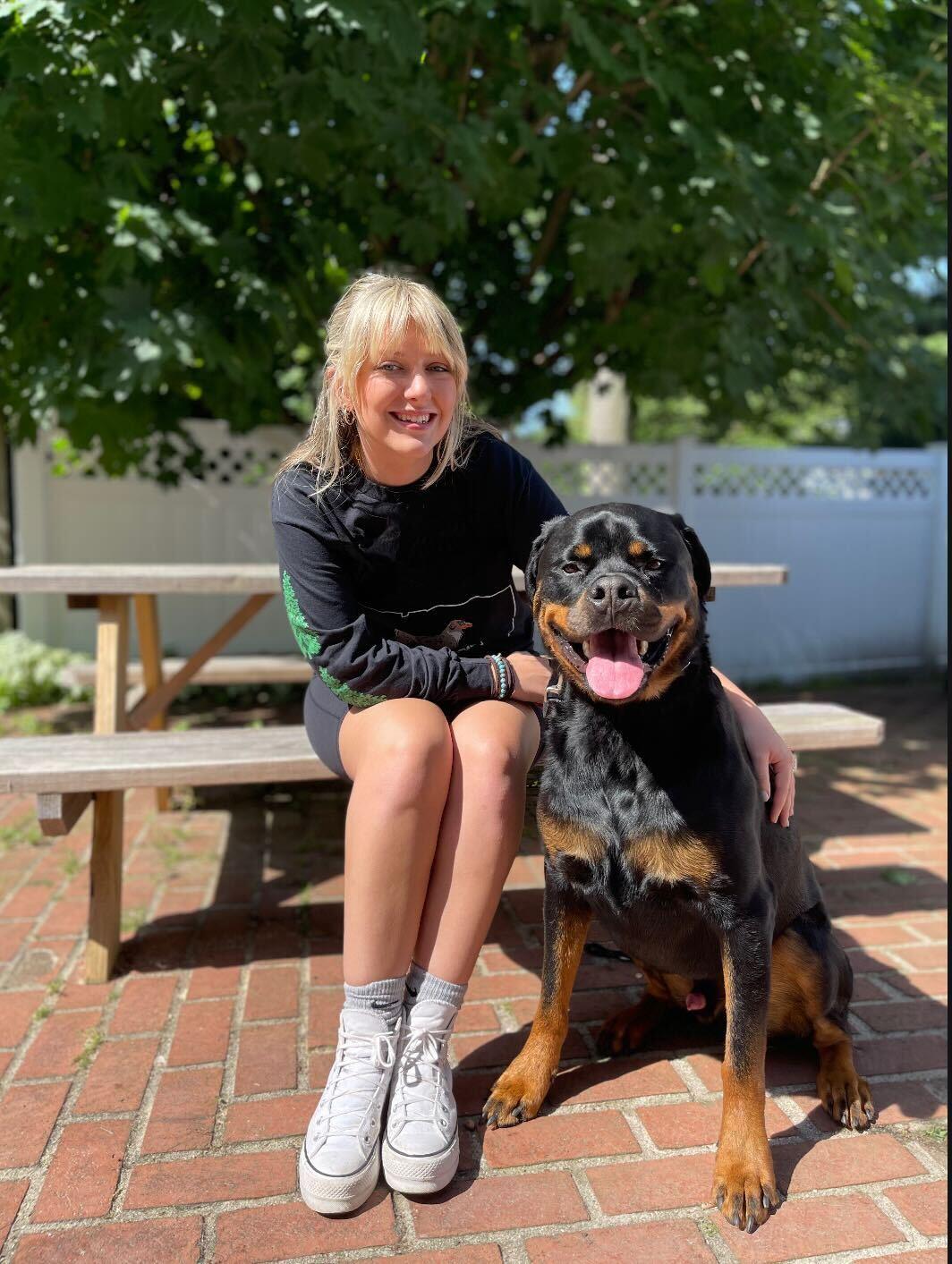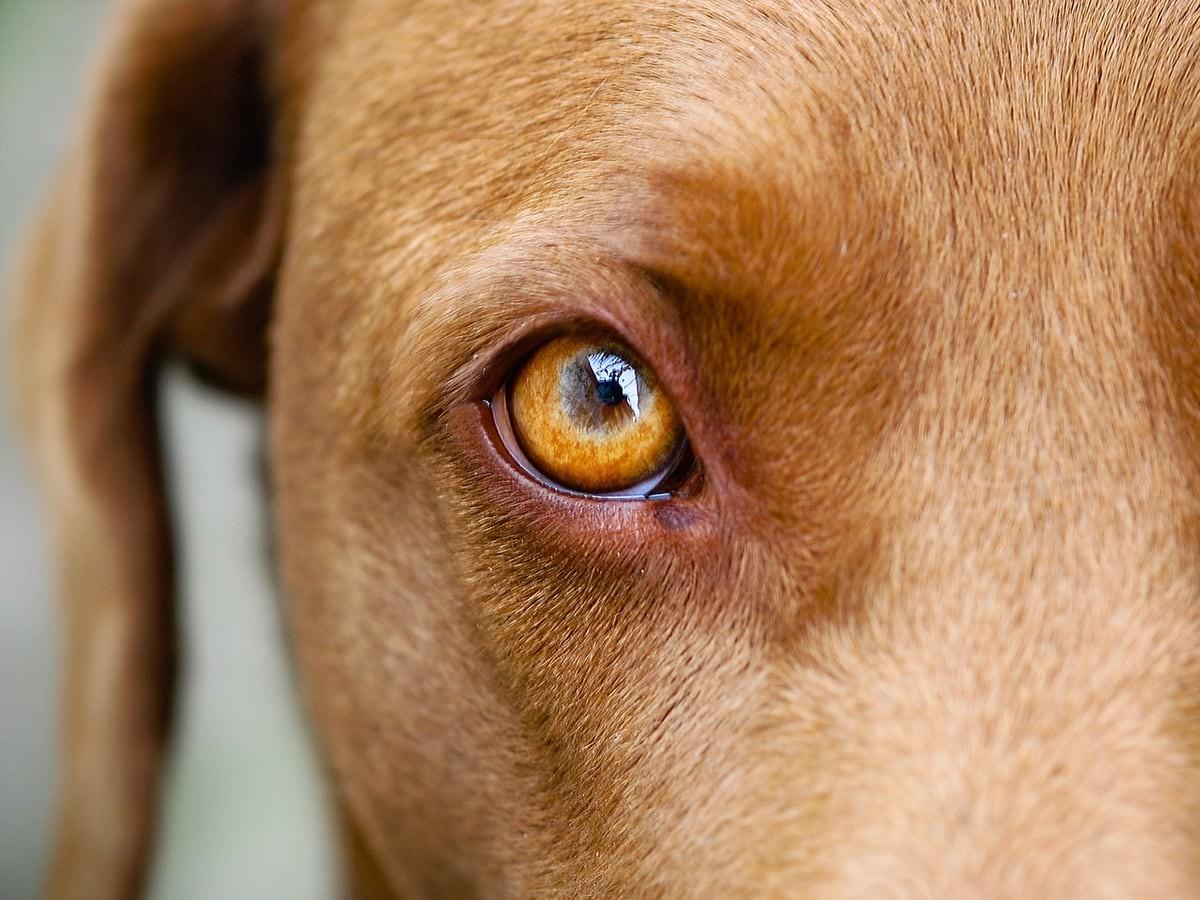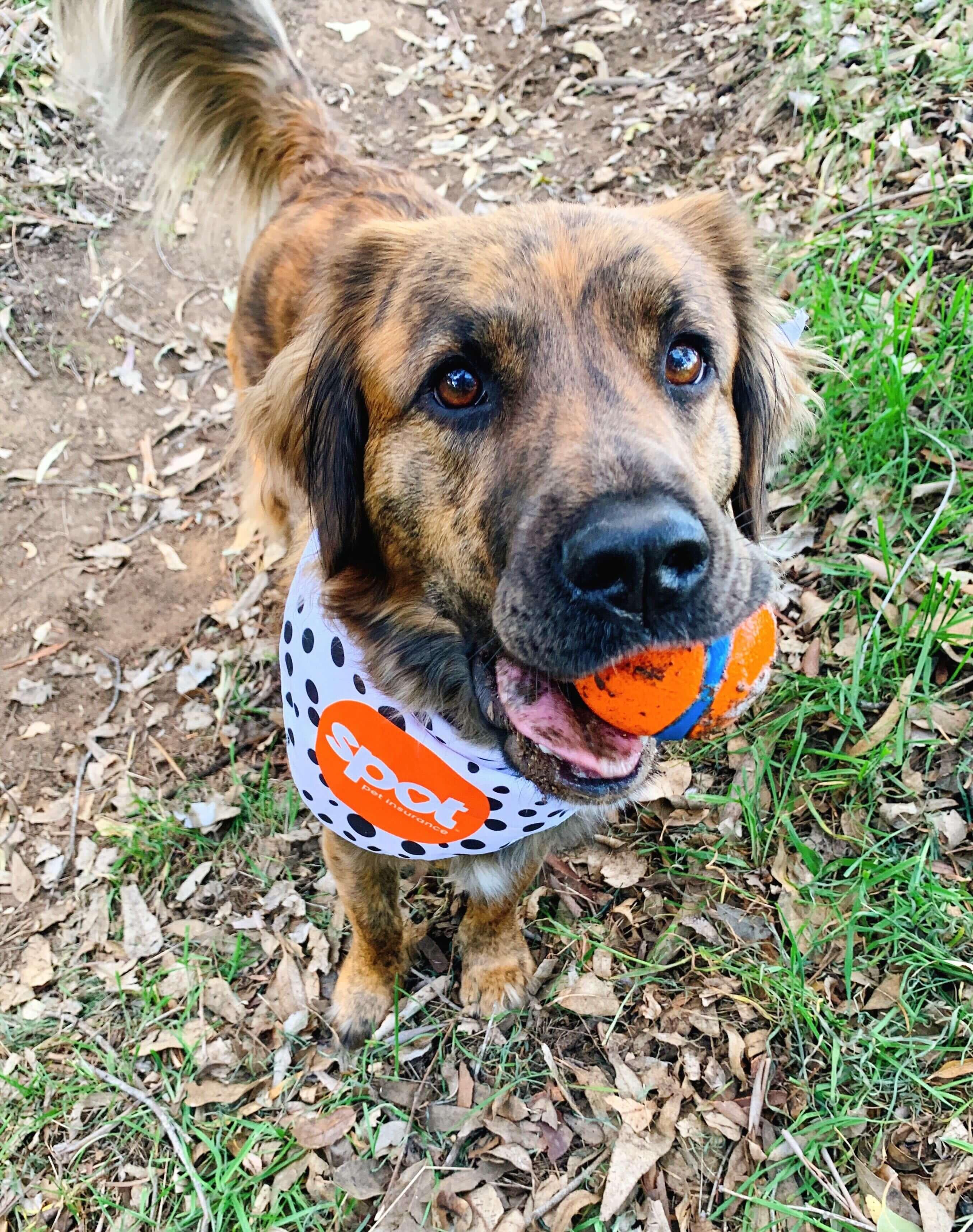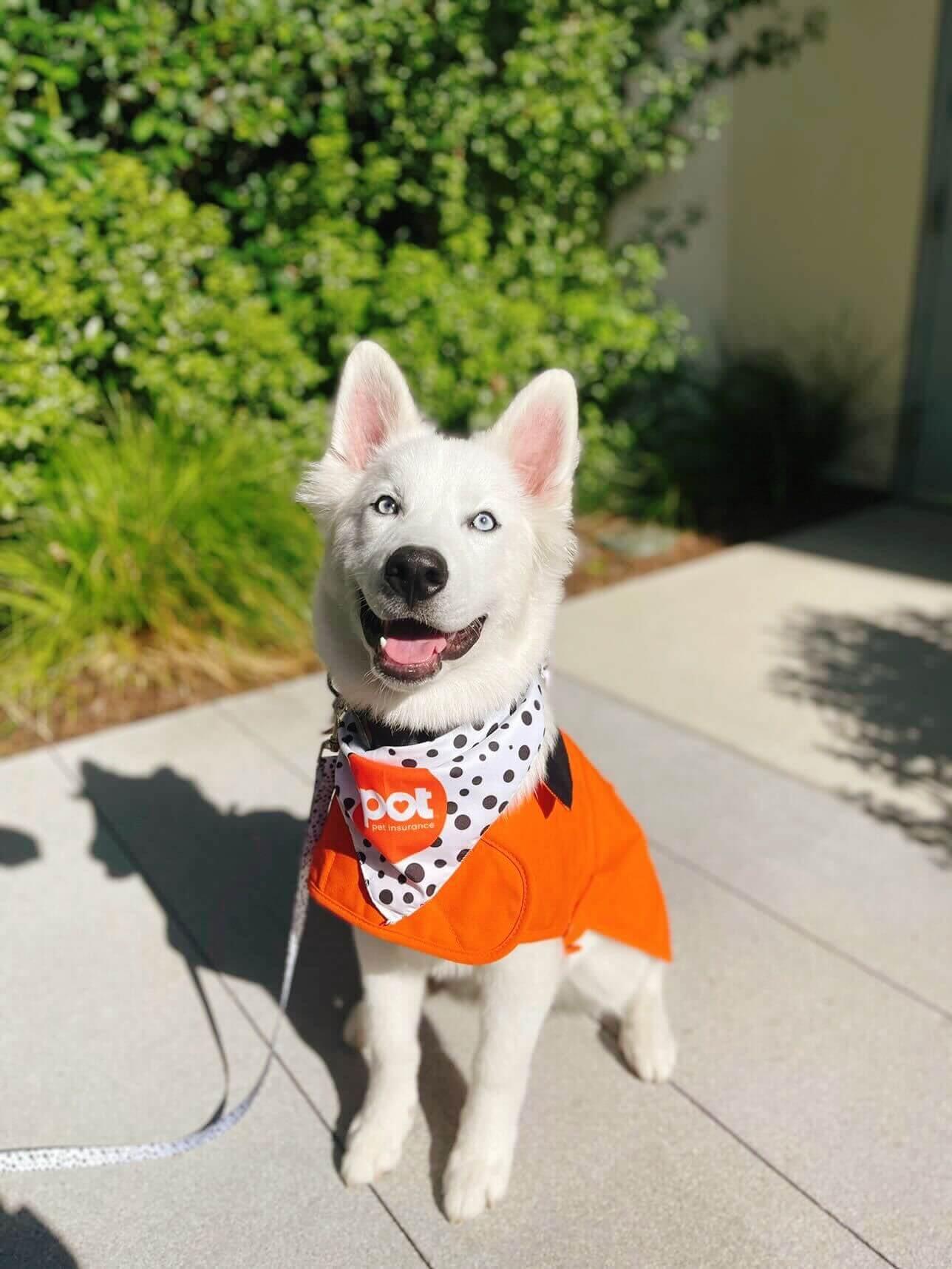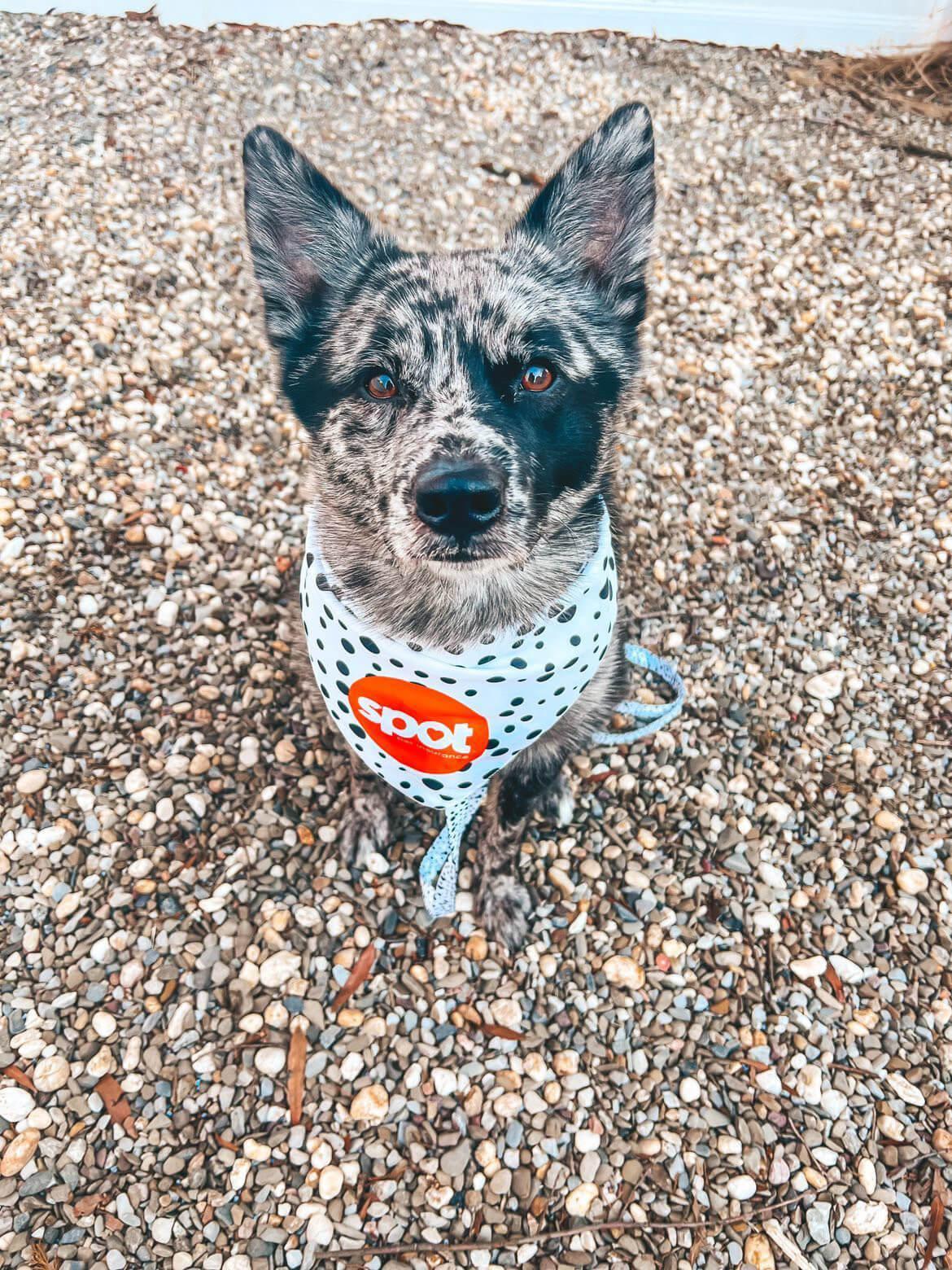Our dogs rely on their eyes just as much as we do, so when something goes wrong, it can affect their comfort, confidence, and quality of life. From mild irritations to serious diseases, eye conditions in dogs are more common than many pet parents realize. The good news? With awareness, prevention, and timely veterinary care, many issues can be treated or managed before they cause lasting damage.
In this guide, we’ll cover the most common eye conditions in dogs, how to recognize the signs, treatment options, and prevention tips every pet parent should know.
Common Eye Conditions in Dogs
Cataracts
Cataracts appear as a cloudy or opaque lens that blocks light from reaching the retina, making vision blurry or even leading to blindness over time. While cataracts often develop with age, they can also result from genetics, diabetes, or eye injuries. Dogs with cataracts may bump into objects, hesitate in low light, or seem less confident exploring.
Glaucoma
Glaucoma happens when pressure builds up inside the eye, damaging the optic nerve. This condition is painful and can cause irreversible blindness if left untreated. Symptoms may include redness, cloudiness, or a bulging appearance in the eye. Immediate veterinary care is crucial.
Dry Eye / Keratoconjunctivitis Sicca (KCS)
Dry eye occurs when a dog’s tear glands don’t produce enough tears, leaving the eyes dry, irritated, and vulnerable to infections or ulcers. Signs include thick discharge, frequent blinking, or squinting. Treatment often involves lifelong use of eye drops prescribed by a vet.
Conjunctivitis
Also known as “pink eye,” conjunctivitis is inflammation of the tissue around the eye. Causes range from allergies to infections or irritants. Symptoms include redness, swelling, and discharge. Depending on the cause, treatment may involve antibiotics, antihistamines, or cleaning solutions.
Corneal Ulcers
Corneal ulcers are open sores on the clear surface of the eye, usually caused by trauma, dry eye, or foreign objects. These are painful and often show up as squinting, excessive tearing, or pawing at the eye. Immediate treatment is required to prevent scarring and vision loss.
Entropion
Entropion is a condition where the eyelid rolls inward, causing lashes to rub against the eye surface. This leads to irritation, tearing, and potential ulcers. Certain breeds like Shar-Peis and Chow Chows are more prone. Surgery is usually needed to correct the problem.
Uveitis
Uveitis is inflammation inside the eye and can be a symptom of infection, trauma, or systemic disease. Signs include redness, sensitivity to light, or a cloudy appearance. It requires prompt veterinary care to avoid permanent damage.
Cherry Eye
Cherry eye occurs when a gland in the third eyelid prolapses, creating a red, swollen lump in the corner of the eye. While it may not always be painful, it can affect tear production and usually requires surgical correction.
How Much Does It Cost to Treat Eye Conditions in Dogs?
Treating eye conditions in dogs can vary widely in cost depending on the condition, severity, and whether surgery is required. On average in 2025, here’s what pet parents can expect to pay for veterinary care*:
Cherry Eye – $775.50*
Uveitis – $581.17*
Entropion – $962.41*
Corneal Ulcers – $448.94*
Conjunctivitis – $299.34*
Dry Eye (KCS) – $365.08*
Glaucoma – $515.61*
Cataracts – $734.03*
These costs highlight why early detection and treatment are so important. Minor conditions like conjunctivitis are often less expensive to manage, while surgical conditions such as entropion or cherry eye can cost significantly more. Regular check-ups and preventive care not only help protect your dog’s vision but may also save money in the long run by catching problems before they become severe.
What Are the Symptoms of Dog Eye Problems?
Common signs that something is wrong with your dog’s eyes include:
Redness or swelling2
Cloudiness2
Pawing at the eyes or rubbing against furniture3
Thick discharge or watery eyes3
If you notice any of these symptoms, it’s best to schedule a vet visit quickly.
Dog Breeds Prone to Eye Conditions
While any dog can develop eye problems, certain breeds are more at risk:
Brachycephalic breeds (Bulldogs, Pugs, Shih Tzus) often face issues due to protruding eyes2.
Cocker Spaniels and Poodles are more prone to cataracts1.
Shar-Peis and Chow Chows commonly experience entropion1.
Knowing your dog’s breed tendencies helps you stay proactive in monitoring their eye health.
Treating Your Dog's Eye Condition
Treatment varies depending on the condition. Some problems may be treated with prescription eye drops or ointments, while others—like entropion or advanced cataracts—may require surgery. The key is never to self-diagnose or use human eye medication, as these can make the problem worse. Only a veterinarian can recommend safe and effective treatment.
Preventing Eye Problems in Dogs
While not every condition can be avoided, pet parents can reduce risks with simple habits:
Schedule regular veterinary check-ups.
Check your dog’s eyes daily for redness, discharge, or cloudiness.
Keep hair trimmed around the eyes to prevent irritation.
Use flea and tick prevention to reduce infection risks.
Avoid letting dogs stick their heads out of car windows, which can lead to eye injuries.
When to See a Vet: Signs of an Emergency
Some eye problems can’t wait. Seek immediate veterinary care if you notice3:
Sudden blindness or bumping into objects.
Constant pawing at the eyes or obvious pain.
Severe swelling or bulging eyes.
Visible injury or foreign objects in the eye.
Quick action can make the difference between saving and losing vision.
FAQs
What are the four most common eye problems? Some of the most common eye conditions in dogs are cataracts, glaucoma, conjunctivitis, and dry eye (KCS). Each requires veterinary treatment to prevent long-term damage.
How to tell if there is something wrong with your dog's eyes? Look for redness, cloudiness, swelling, discharge, or changes in behavior like squinting or pawing at the eyes. If you see sudden changes, schedule a vet visit.
What is Horner's disease in dogs? Horner’s disease is a neurological condition that affects the eye muscles, leading to drooping eyelids, a smaller pupil, or a sunken appearance in the eye. It may result from trauma, infection, or other health issues.
How to treat eye conditions in dogs? Treatment depends on the condition. Some issues require prescription eye drops or ointments, while others may need surgery. Always consult a veterinarian for proper diagnosis and treatment.
Key Takeaway
Eye conditions in dogs can range from minor irritations to serious diseases that threaten sight. Recognizing symptoms early and seeking veterinary care are the best ways to protect your dog’s vision and comfort. With routine check-ups, good preventive care, and quick action when problems arise, pet parents can ensure their dogs see the world clearly and live their happiest, healthiest lives.
More About Spot Pet Insurance
Spot accident and illness plans can be used with any licensed vet in Canada or the U.S. Whether you are home or traveling to the U.S., Spot can reimburse the cost of vet bills for the diagnosis, treatment, or management of covered conditions. Spot’s accident and illness plans can help cover a variety of conditions, including broken bones, lacerations, aggression, kidney disease, diabetes, and more. Pet parents can also get cash back on the cost of routine care, including wellness exams, certain vaccinations, dental cleanings, and more, by adding a wellness rider to their plan for an additional cost.
To learn more about Spot Plans or to get a free quote, click here.
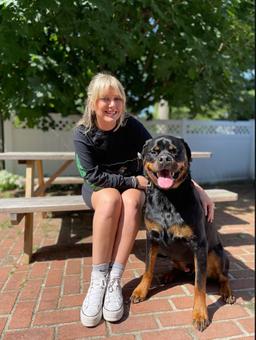
I’m Charlie: canine enthusiast with a knack for figuring out why my dog, Dallas, is more infatuated with tennis balls than me. My lifelong passion for dogs has created a dedication to help other pet parents better understands their furry family members!
Bauhaus, Jean . “12 Common Dog Eye Problems and How They’re Treated.” Carecredit.com, 22 Nov. 2024, www.carecredit.com/well-u/pet-care/common-dog-eye-problems/. Accessed 16 Sept. 2025.
Honest Paws. “Top 18 Eye Problems in Dogs.” Honest Paws, 11 Apr. 2024, www.honestpaws.com/blogs/health/dog-problems-eye.
Veterinary Eye Institute. “Canine Eye Conditions.” Veterinary Eye Institute, 15 Aug. 2024, www.veterinaryeyeinstitute.com/eye-conditions-canine/. Accessed 16 Sept. 2025.
